Archives
- 2025-10
- 2025-09
- 2025-03
- 2025-02
- 2025-01
- 2024-12
- 2024-11
- 2024-10
- 2024-09
- 2024-08
- 2024-07
- 2024-06
- 2024-05
- 2024-04
- 2024-03
- 2024-02
- 2024-01
- 2023-12
- 2023-11
- 2023-10
- 2023-09
- 2023-08
- 2023-07
- 2023-06
- 2023-05
- 2023-04
- 2023-03
- 2023-02
- 2023-01
- 2022-12
- 2022-11
- 2022-10
- 2022-09
- 2022-08
- 2022-07
- 2022-06
- 2022-05
- 2022-04
- 2022-03
- 2022-02
- 2022-01
- 2021-12
- 2021-11
- 2021-10
- 2021-09
- 2021-08
- 2021-07
- 2021-06
- 2021-05
- 2021-04
- 2021-03
- 2021-02
- 2021-01
- 2020-12
- 2020-11
- 2020-10
- 2020-09
- 2020-08
- 2020-07
- 2020-06
- 2020-05
- 2020-04
- 2020-03
- 2020-02
- 2020-01
- 2019-12
- 2019-11
- 2019-10
- 2019-09
- 2019-08
- 2019-07
- 2019-06
- 2019-05
- 2019-04
- 2018-07
-
The need for dedicated DAPT
2021-03-25
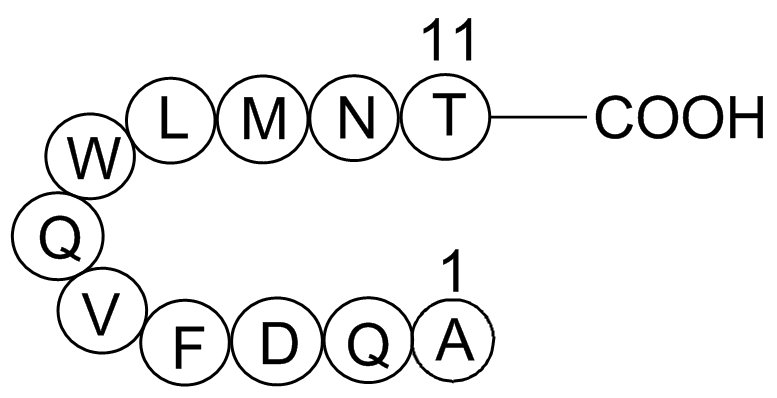
The need for dedicated DAPT updates is well justified by the large amount of data and new information generated in the field over the past few years. As expected, the ACC/AHA and ESC updates contain large areas of overlap as well as some differences. Differences were largely explained by the differe
-
The aim of this paper is to study the
2021-03-25
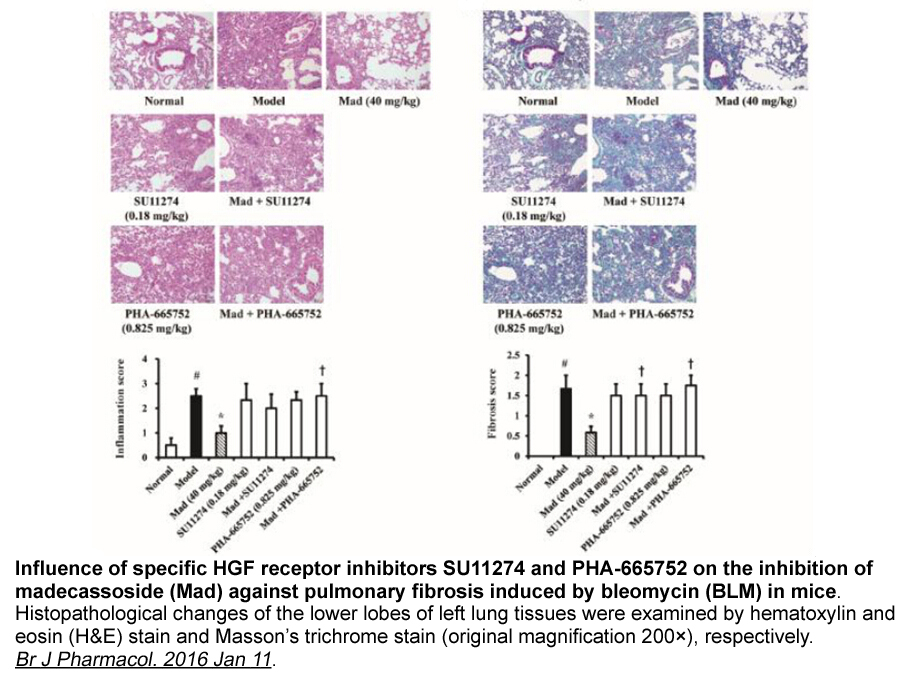
The aim of this paper is to study the long-term socioeconomic impacts of local heat entrepreneurship from 2000 to 2016. The analysis focuses on impacts of the biomass-based district heat production on employment and income in a small peripheral community, called Eno, located in North Karelia, Finlan
-
Our results showed that in elastase induced AAA
2021-03-25
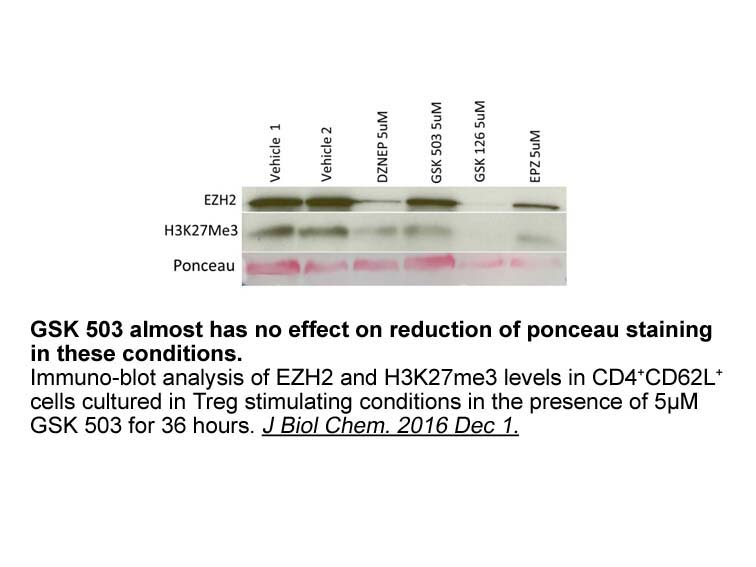
Our results showed that in elastase-induced AAA, TGF-β neutralization finely tunes macrophage phenotype. Note that several studies have already addressed the role of M1 markers, such as IL-6 and IL-1β, or M2 markers, including IL-10 and TGF-β.4, 9, 10, 11 The expression and the role of ARG1 in AAA
-
Developmental relationships between CD bright and
2021-03-25
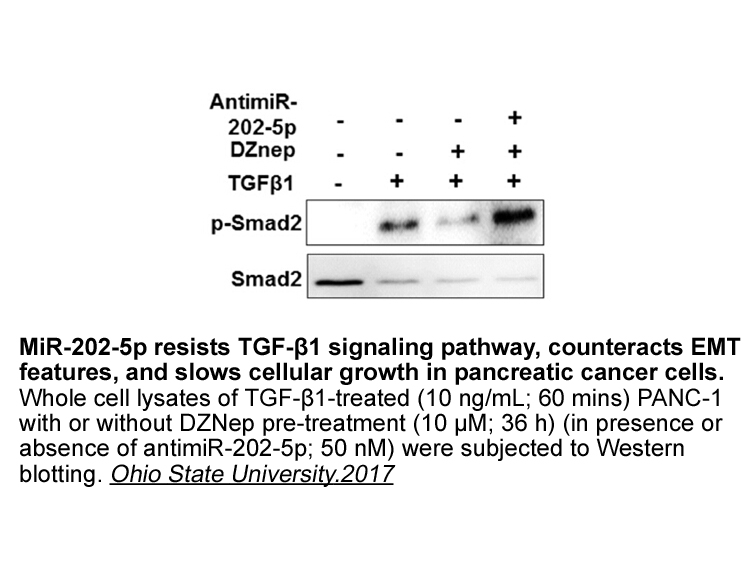
Developmental relationships between CD56bright and CD56dim NK TNKS 49 sale remain unresolved; however, several studies indicate that the former is a precursor of the latter. An NK subset with intermediate features between CD56bright and CD56dim has been identified, corroborating this developmental t
-
We propose the following model for how B
2021-03-25
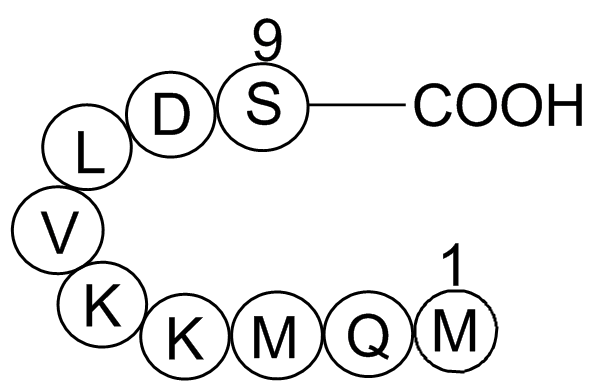
We propose the following model for how B cell-guiding EBI2 ligand gradients are established in lymphoid tissues. CH25H and CYP7B1 are needed in radiation-resistant stromal cells, are abundantly expressed and active in CXCL13+ and CCL21+ FRCs, but not lymphocytes, and are poorly expressed in the inne
-
br Introduction Protein modification by ubiquitin and ubiqui
2021-03-25
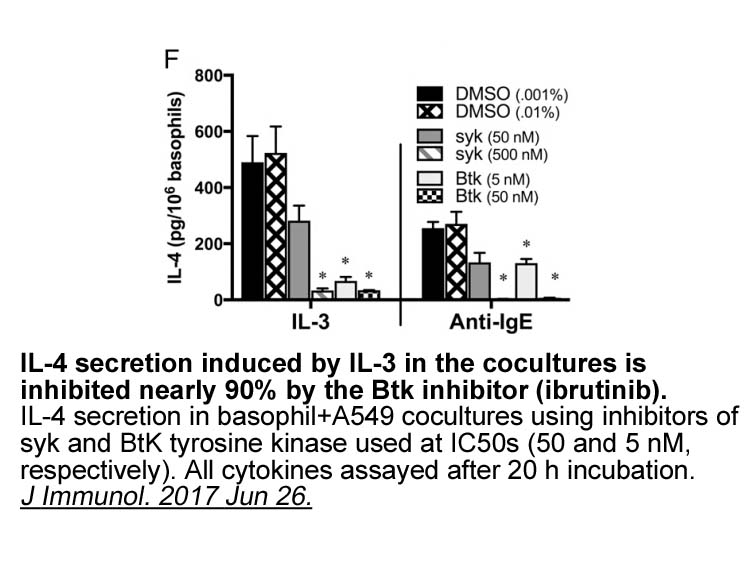
Introduction Protein modification by ubiquitin and ubiquitin-like proteins is one of the most common and important regulatory mechanisms in biology (Finley et al., 2004, Pickart, 2004). Ubiquitination is carried out by an enzymatic cascade consisting of three steps. In the first step, ubiquitin i
-
The inhibition of mRFP Ub E
2021-03-25
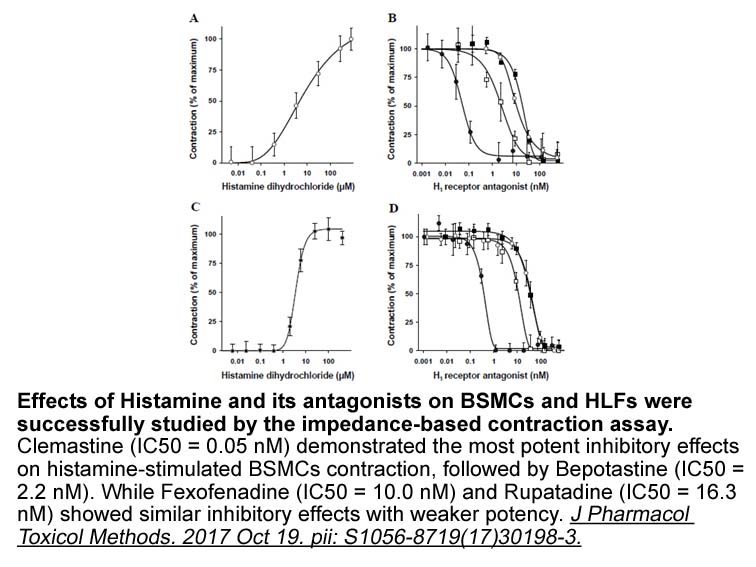
The inhibition of mRFP-Ub–E1 formation by ginsenosides Re was not in time-dependent in vitro (Fig. 4B). Fifty micrometres ginsenoside Rg1 decreased E1 activity to 0.24- to 0.36-fold over 30min. This finding suggests that ginsenoside Rg1 may irreversibly inhibit mRFP-Ub–E1 formation or a tight-bindin
-
The totality of evidence from randomized clinical
2021-03-25
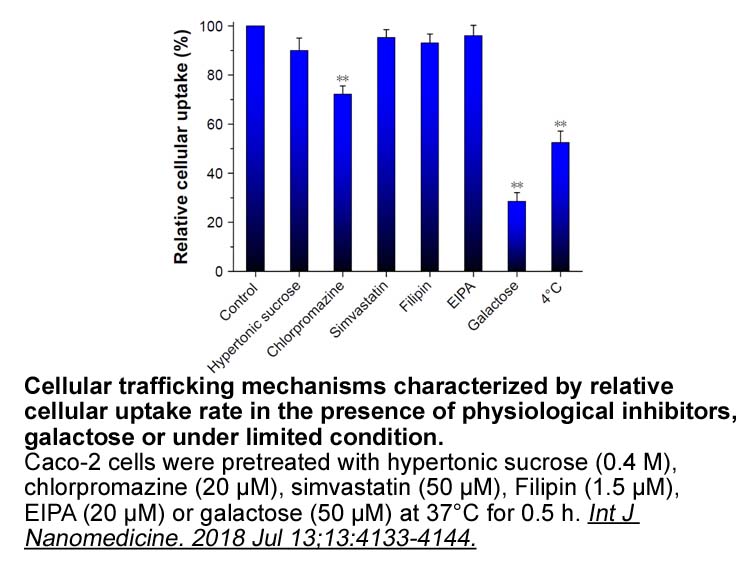
The totality of evidence from randomized clinical trials supports the premise that worsening ZLN005 receptor failure is a class effect of DPP-4 inhibitors. A meta-analysis by Verma et al. (54) of 100 randomized controlled clinical trials reported that the use of DPP-4 inhibitors was accompanied a s
-
Concerning family A GPCRs although it
2021-03-25
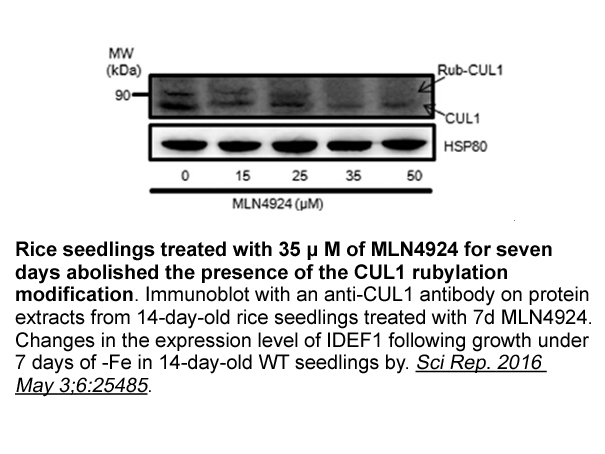
Concerning family A GPCRs, although it has been described that several receptors are able to operate as monomers (Arcemisbéhère et al., 2010; Bayburt et al., 2011; Chabre & le Maire, 2005; Ernst, Gramse, Kolbe, Hofmann, & Heck, 2007; Hanson et al., 2007; Kuszak et al., 2009; Whorton et al., 2007), e
-
CDK lacks DNA binding domains and nuclear localization seque
2021-03-25
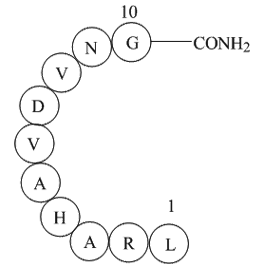
CDK6 lacks DNA-binding domains and nuclear localization sequences, and therefore will probably be transported to the nucleus by a ‘piggy-back’ mechanism and needs to contact its specific sites indirectly through DNA-binding proteins. Besides NF-κB p65, a further candidate transcription factor is PAX
-
Multiple technologies exist for analyzing the
2021-03-24
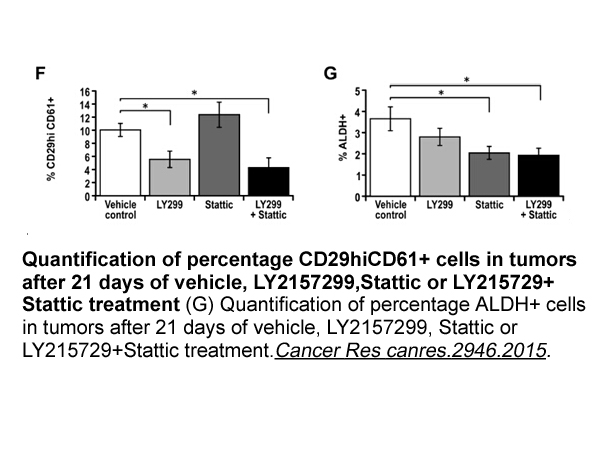
Multiple technologies exist for analyzing the contents of single cells, including single-cell DNA sequencing, RNA expression analysis, and protein level and activity measurements (Hu et al., 2018; Narrandes & Xu, 2018; Ortega et al., 2017; Wang & Navin, 2015). Single-cell DNA sequencing is generally
-
The host virus coexistence is
2021-03-24
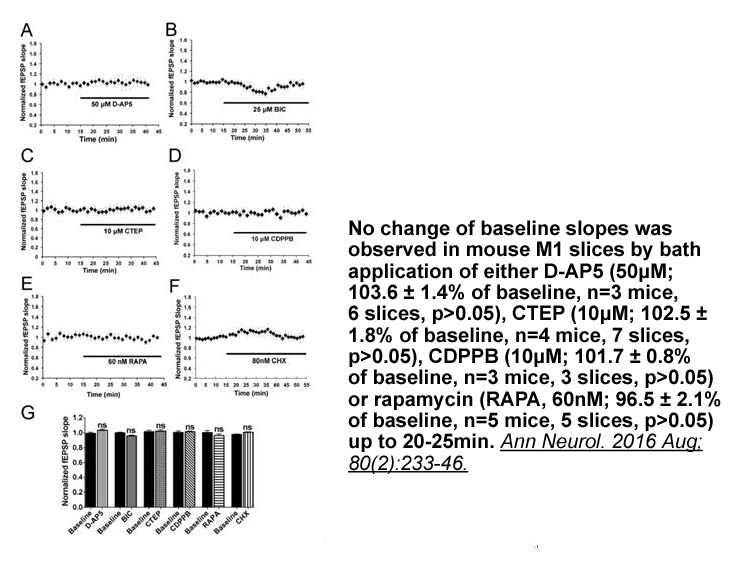
The host-virus coexistence is completely dependent on the balance between a strong immune response inhibiting virus replication and immune evasion and survival of the virus with periodic shedding to enable transmission to new hosts. In the process of ensuring this balance, the virus manipulates 7TM
-
First KEGG and GO annotation were
2021-03-24
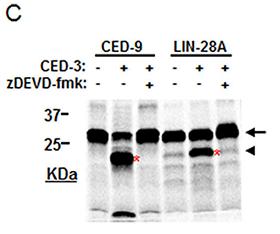
First, KEGG and GO annotation were conducted for these 1251 genes. Then, combining the pathway enrichment analysis, we explored how these genes could function in breast cancer. We discovered that neuroactive ligand-receptor interaction was the most enriched pathway, which comprised numerous G protei
-
br Introduction Coping with DNA damage
2021-03-24
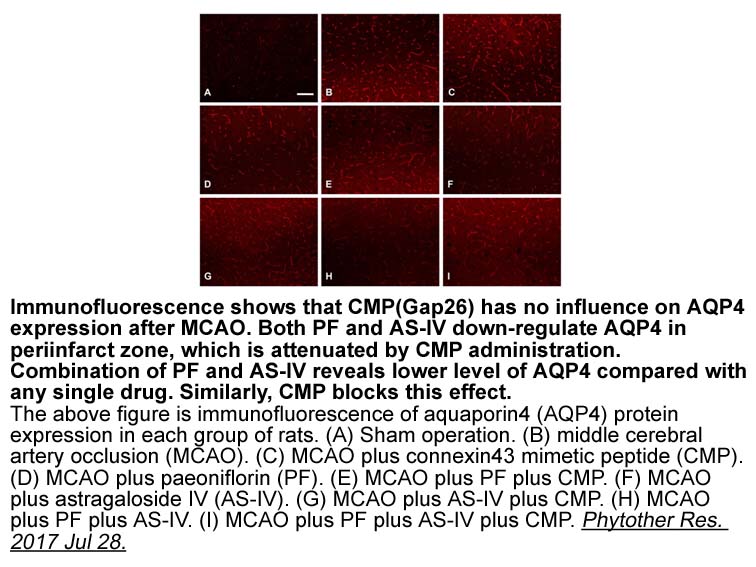
Introduction Coping with DNA damage is possible thanks to surveillance mechanisms (checkpoints), that detect the problem and promote its solution [1], [2], and to repair and tolerance pathways that remove the lesions or reduce the damage consequences [3], [4]. Failures in these processes have a h
-
Real time PCR as described previously with minor modificatio
2021-03-24
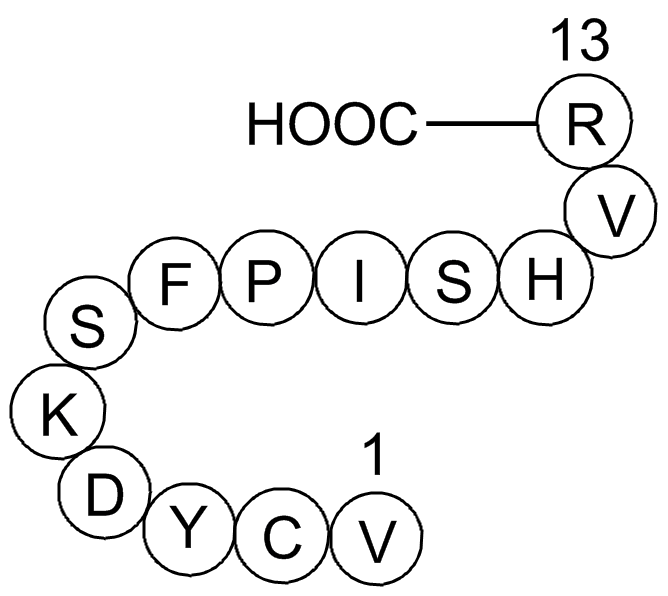
Real-time PCR, as described previously with minor modifications, was used to detect DNA . The PCR mixture (Qiagen) was as follows: 5mM MgCl2, 2.5μl of 10x PCR Buffer, 0.125μl of HotStarTaq DNA Polymerase, 0.25mM of each dNTP, 0.4μM of each primer and 0.1μM of FAMlabelled probe (‘5-aacaattggagggcaagg
15966 records 700/1065 page Previous Next First page 上5页 696697698699700 下5页 Last page